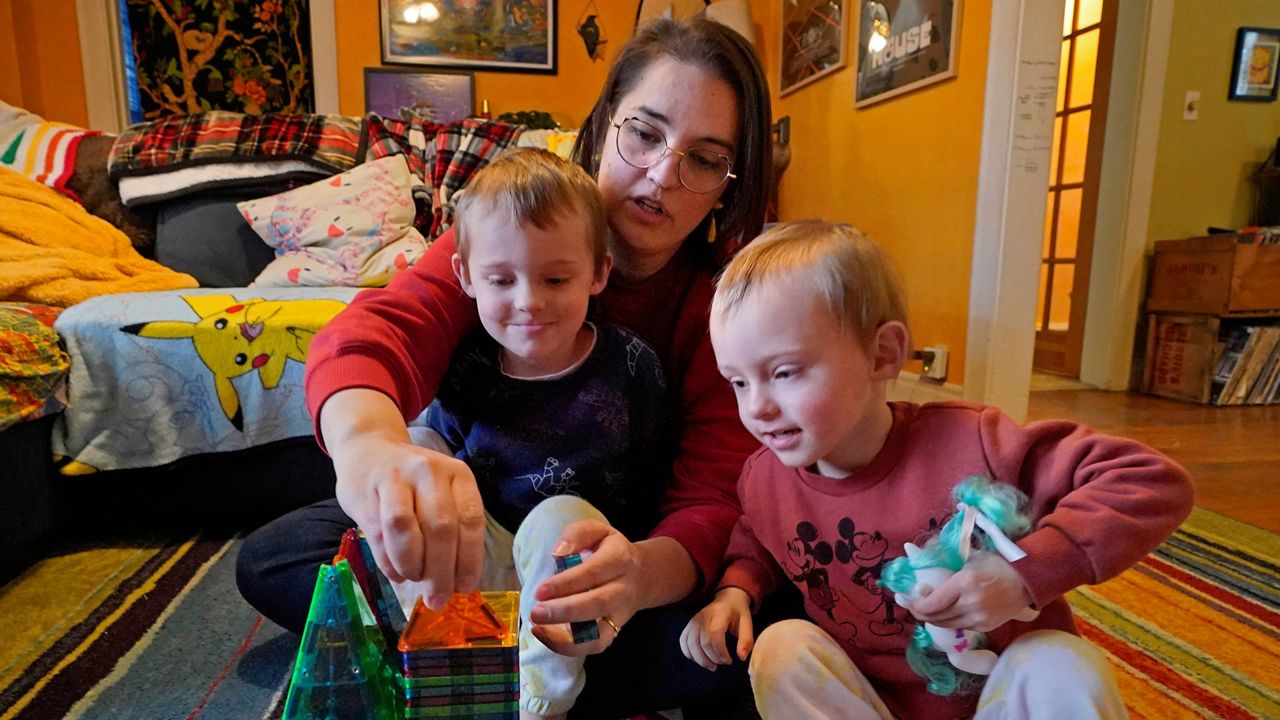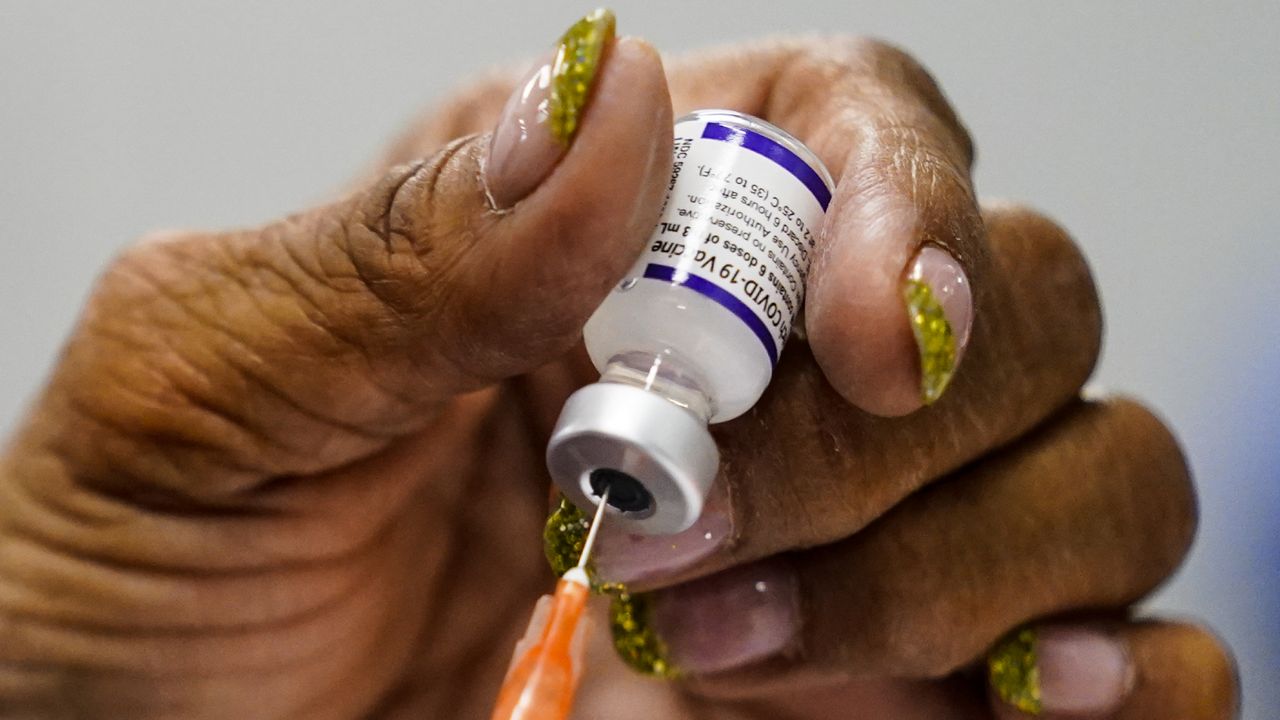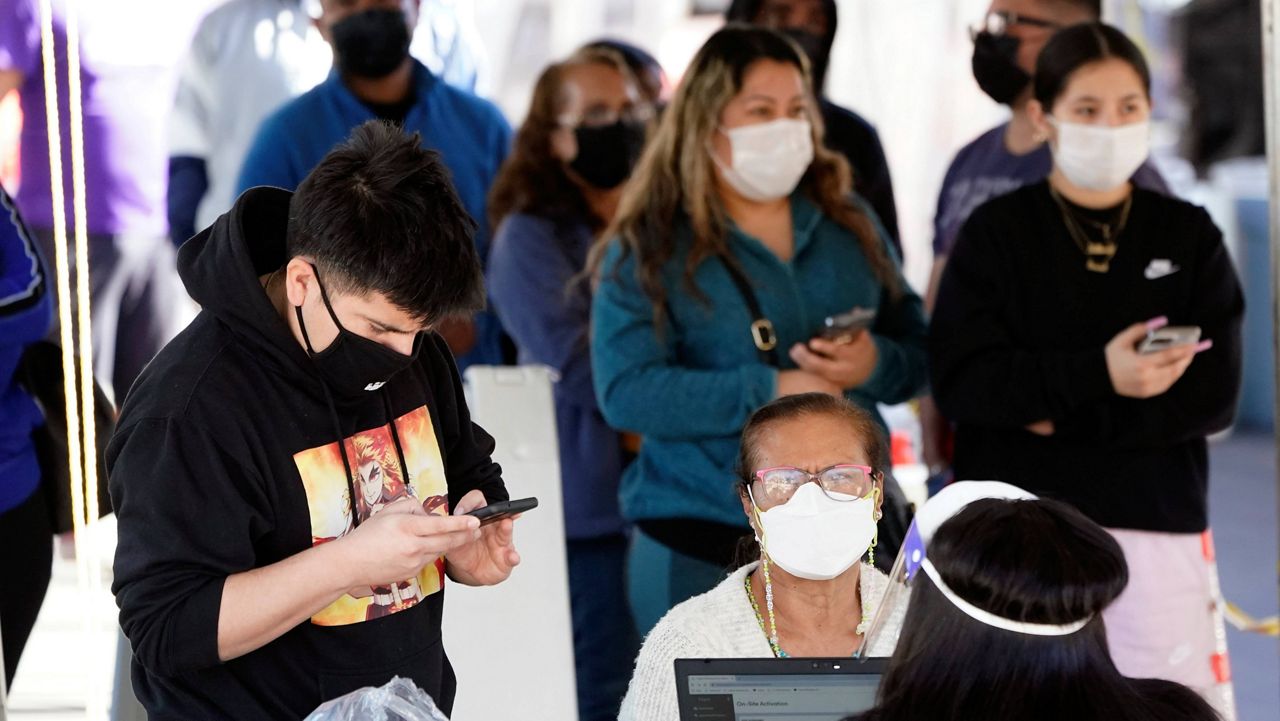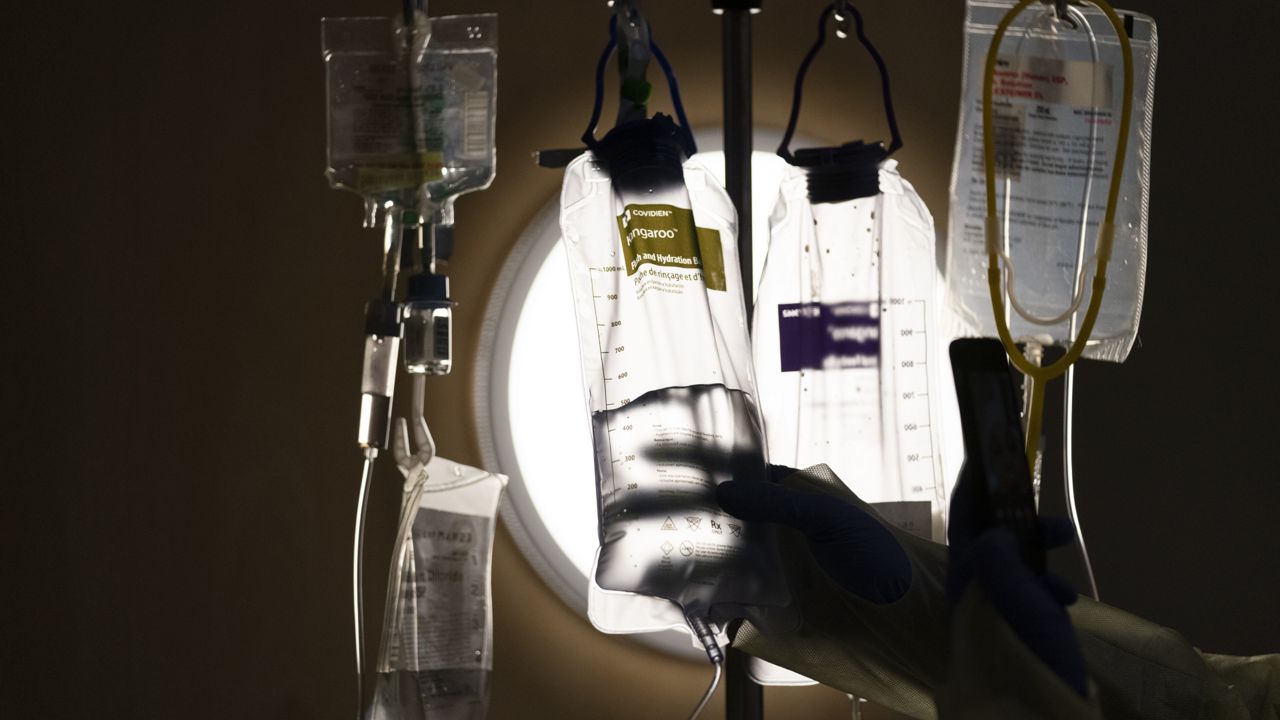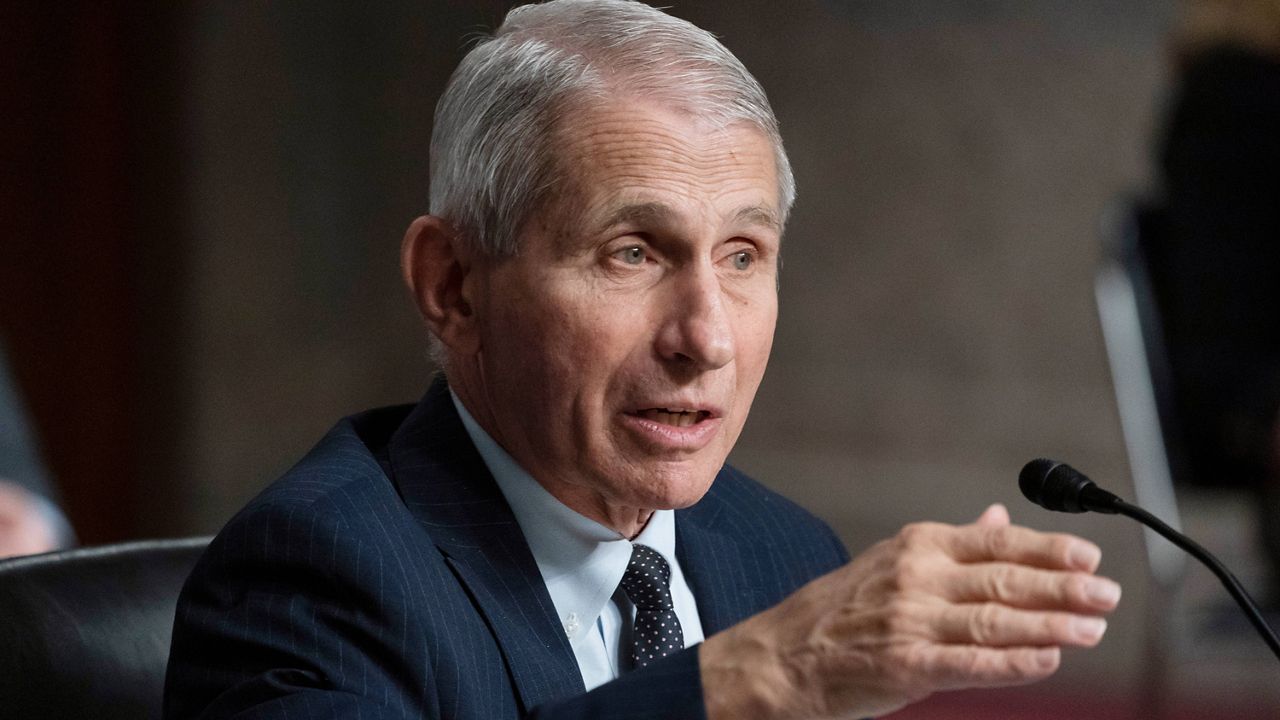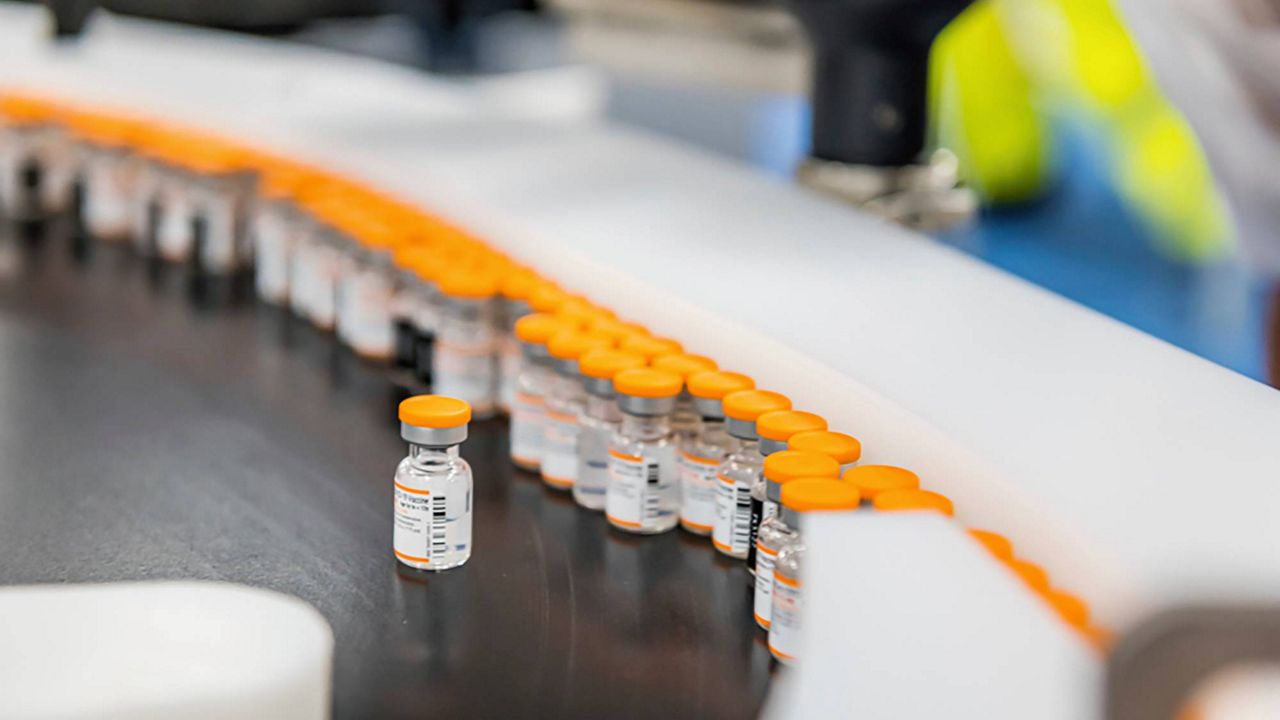For the first time in nearly five years, Dr. Elliott Tenpenny walked through Central Park. And his memories are different than pretty much anyone else you will meet.
“These kind of events, they don’t happen very often in history,” he said.
Tenpenny works for the North Carolina nonprofit Samaritan's Purse. He is the point person for setting up pop-up hospitals around the world where disaster has struck.
On March 28, 2020, he was in New York City, meeting with Mount Sinai Hospital executives to discuss the possibility of building a field hospital in the city.
The goal: to help with the overflow of COVID-19 patients who were overrunning hospitals in the early days of the pandemic.
“And I remember standing up because I got a text and saying, ‘We’ve got to get going,’” he said.
There was no time to waste. The trucks carrying the modular components to build the hospital had already left North Carolina and were set to arrive in eight hours.
At that point, they didn't have a location or an exact plan on how to layout this facility.
The initial plan was constructed on a napkin.
It was similar to the hospital Samaritan's Purse had just set up in Italy, the other main global hotspot at the time.
After visiting three locations in the city, Tenpenny said there was only one realistic option: in the middle of Central Park, right across from Mount Sinai.
“I said this is going to be it. This is the site we have to do," Tenpenny recalled saying to the Mount Sinai officials on that rainy late March day in 2020. "And I remember [Mount Sinai executives] saying this is going to be very hard.”
The challenges, he said, were many.
They had to figure out how to power this hospital. Con Ed dug a trench to pipe in electricity already connected to Mount Sinai.
Something that may have taken years to get approved was done in 12 hours, according to Tenpenny.
“It was a big team effort,” he said.
Tenpenny said they had to scrap their initial hospital layout once they looked closely at the East Meadow in Central Park.
“Any rain rolls downhill and into that ditch so we had to design the hospital elevated just a little bit to allow the water to go through,” he said.
That ended up being a vital decision.
In mid-April, the city was hit with winds up to 60 miles per hour during a downpour.
The hospital remained operational.
“We had to install a pump to be able to move the water to the drain and out of the hospital rather rapidly,” he said.
The 68-bed hospital opened on April 1. For the next several days, Tenpenny said patients weren’t leaving unless it was to be transferred to Mount Sinai or the morgue.
“They were full of patients that were intubated,” he said.
Even for Tenpenny, a doctor but the person in charge of the site, was jumping in to take care of patients, where at times there were more than a dozen ICU patients.
He said they eventually did start discharging patients, with than 300 patients getting treated in the month the hospital was open.
About five years later, as Tenpenny walked around the East Meadow, which was closed for the winter, there is nothing to signify what stood here to save New Yorkers.
“It’s not about our own glory,” he said, adding that's exactly how it should stay.
“We worked out of our own calling and we were able to set up and be able to do something that was special during that time. And you quietly leave. That’s what it should be. That’s the way it should be.”




_PKG_CENTRAL_PARK_HOSP_CG_133817001_3232?wid=320&hei=180&$wide-bg$)

